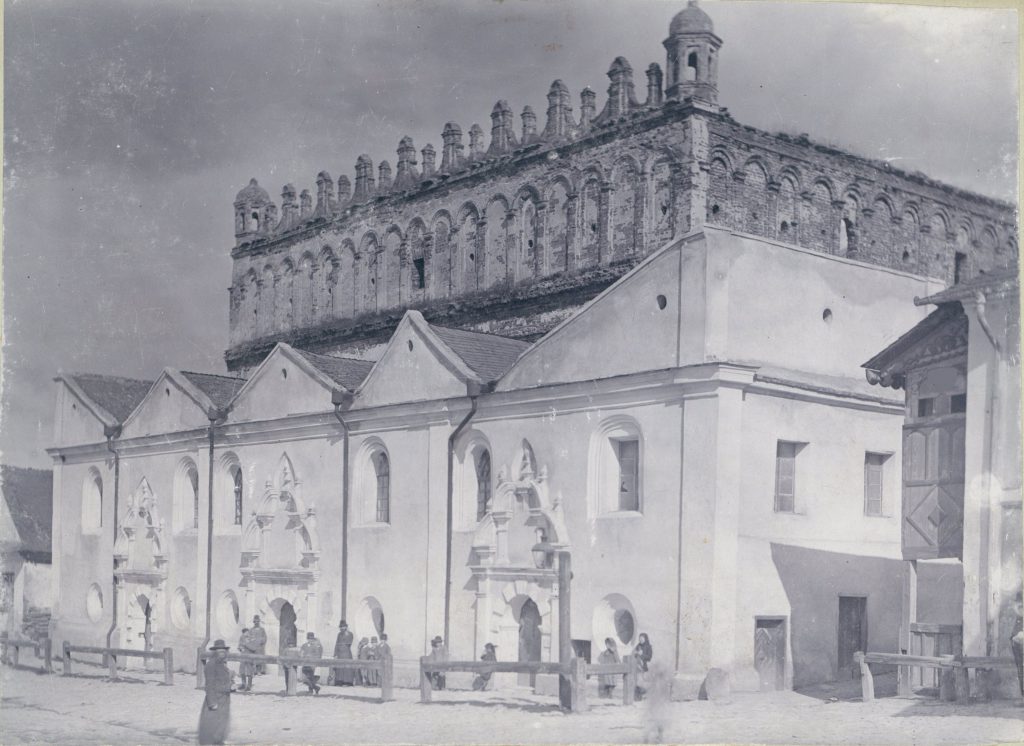The terrifying war against Ukraine changes, of course, the function of these pages devoted to the Jewish cultural heritage of that country. Many of the places mentioned were razed to the ground by bombs. While these pages are not intended in the present time for tourism, they may be useful to researchers and students as historical references. References to so many painful histories during the pogroms and the Shoah, but also to the glorious history of Ukrainian Judaism, in its cultural, religious and Zionist dimensions. Wishing the Ukrainian people a speedy end to these atrocities of which they are victims.
Established in 1594 by the waywode Stanislaw Zolkiewski, Zolkiew was built, like other Polish cities, according to the Renaissance notion of the “ideal city” imported from Italy by theorist Pietro Cattanneo.

The city is laid out in orderly fashion around the vast rynek (central square), from where are visible the castle (in the seventeenth century the royal residence of the Polish king John Sobieski), the majestic Catholic cathedral, and the uniate church.
Only slightly hidden from view are the Zydowska Brama gate and the town’s magnificent seventeenth-century synagogue: financed by King John II Sobieski himself, it was designed by the royal architect Piotr Bebra and constructed between 1692 and 1700.
The remains of the Zolkiew Synagogue
The Zolkiew Synagogue, which escaped destruction by the Nazis despite their attempts to dynamite it, appears relatively well preserved from the outside, even if the stained-glass windows are broken and the roof damaged. The building’s future looks grim, however: in ruins in the middle of the city, it is not open to the public.
This Renaissance masterpiece was one of the most beautiful and largest synagogues in Poland and today is undeniably the most beautiful in all Ukraine. Its pink, painted facade, now somewhat discolored, is adorned with three gates in bas-relief delimiting three naves, while the roof is sculpted like a cathedral. Inside, only the heavy columns supporting the rood remain: the walls are bare and the floor is strewn with rubble. Though officially protected as a city landmark, since 1993 nothing has been done to preserve this magnificent yet endangered building.